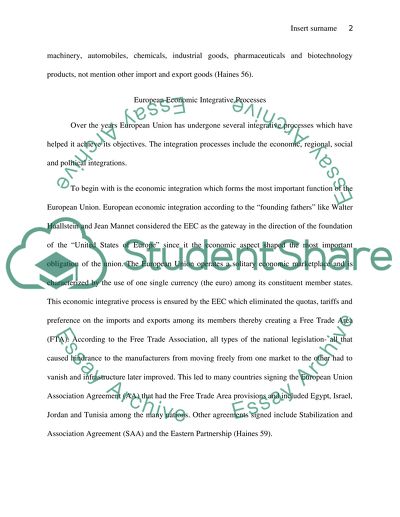Cite this document
(“The Expansion of European Integrative Processes Essay”, n.d.)
The Expansion of European Integrative Processes Essay. Retrieved from https://studentshare.org/history/1463391-the-expansion-of-european-integrative-processes
The Expansion of European Integrative Processes Essay. Retrieved from https://studentshare.org/history/1463391-the-expansion-of-european-integrative-processes
(The Expansion of European Integrative Processes Essay)
The Expansion of European Integrative Processes Essay. https://studentshare.org/history/1463391-the-expansion-of-european-integrative-processes.
The Expansion of European Integrative Processes Essay. https://studentshare.org/history/1463391-the-expansion-of-european-integrative-processes.
“The Expansion of European Integrative Processes Essay”, n.d. https://studentshare.org/history/1463391-the-expansion-of-european-integrative-processes.


